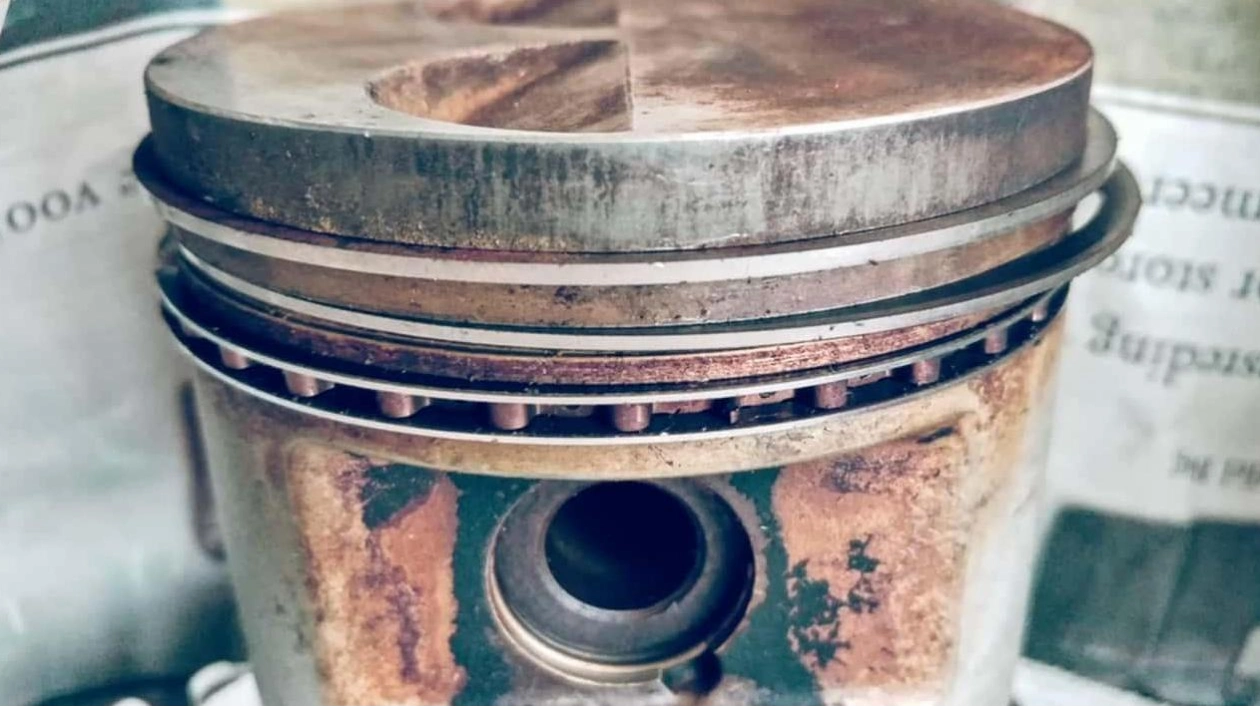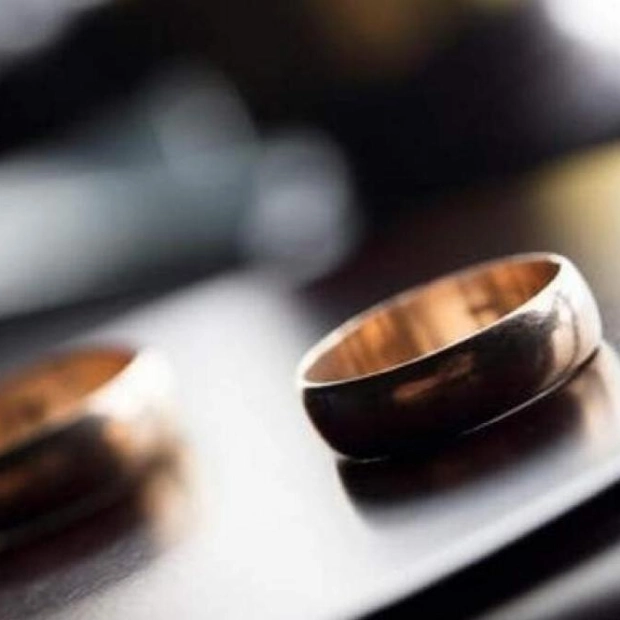Piston rings are the cornerstone of internal combustion engines. These slender metal rings encircle the piston, ensuring the combustion pressure remains within the cylinder while preventing oil from entering the combustion chamber. The intricacies of piston rings are far more captivating than one might initially assume.
The New Mind YouTube channel offers a comprehensive history and explanation of piston rings, delving into their conception and development through decades of trial and error and experimentation. The earliest known use of piston rings dates back to locomotive steam engines in the 1800s. As technology advanced, these rings evolved into cast iron components, enhancing their sealing capabilities. Engineers eventually determined that using three rings—two for sealing the combustion process and one for oil control—was the most effective configuration.
The video meticulously explores the various types of rings, their measurements to ensure optimal sealing and efficiency, and their operation in demanding conditions over hundreds of thousands of miles. One of the most intriguing examples highlighted is the piston rings used in Formula 1 cars. Unlike standard road cars, which employ three rings, F1 cars utilize only two rings per cylinder—one for combustion sealing and another for oil containment. The combustion ring is crafted from tungsten-carbide coated steel, while the oil ring is made from titanium. These rings operate within extremely narrow temperature tolerances and require substantial oil cooling to maintain their performance.






